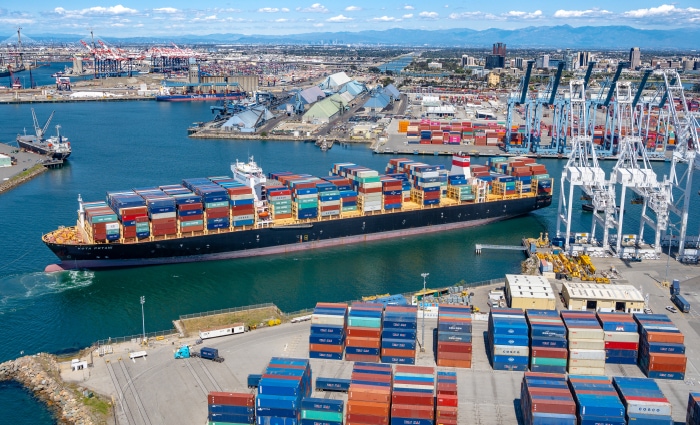US tariff deals: How will countries act?
The Trump Administration is currently taking representations from other countries about what they can do to get US-imposed tariffs removed, or at least reduced. But what can they offer when many started with a tariff rate that was lower than the US?

To be fair, the Trump Administration did not claim that it based its infamous tariff scorecard of April 2nd on straight tariff reciprocity. If it had done, so the likes of the eurozone and Japan would not have even been on the list as their average effective tariff rates are (or were) very similar to those in the US.
Instead, the Trump Administration bumped the numbers up by claiming that other factors, like non-tariff trade support and currency manipulation, were the real reasons why the US was being treated so badly. So, when it is time for these countries to come to the negotiating table with the US, it won’t simply be a question of offering a lower tariff rate unless, that is, the whole tariff thing was just a smokescreen to get countries to plead for US forgiveness. Instead, it looks as if even those with similar, or lower, tariff rates than the US will have to offer something concrete. But what?
On non-tariff barriers, we have pointed out before that some of these barriers are simply to do with standards. For instance, the US complains that its agricultural and farming products are not accepted elsewhere, but this often has to do with standards, not protectionism.
The reason Australia allegedly ‘bans’ US beef is because it will only allow beef that is born and raised in the US, not that born in Canada and Mexico, which is what the US wants to export. Many other countries refuse US (and other countries) produce based on standards and we very much doubt that governments will be willing to lower their standards to appease the US Administration. None of this is to claim that other legitimate non-tariff barriers are absent, especially in countries that are used to supporting domestic industry, such as China.
However, Steven Barrow, Head of Standard Bank G10 Strategy still believes that if the US wants to set tariffs on Japan, for instance at the 24% level announced on April 2nd (later dropped to 10% for 90 days), it will want more than the alleged non-tariff barrier removals that Japan might promise. It might pressurise Japan, and others to take certain products, like energy as it seems to be doing with the EU. But what does this have to do with tariffs or any non-tariff barriers? Nothing. In the end, such promises might be sufficient to appease the US although we should remember that China never met its promise to buy an extra USD200bn of US exports under Trump’s first deal when he was in office before.
All of this makes us wonder whether the third component of alleged trade unfairness, currency manipulation, will be a focus for US attention. But again, what can countries offer? Japan, for instance, not only has lower tariffs than the US (even before they were lifted to 10%) but its FX intervention has been to strengthen the yen, not weaken it. Should it promise to do more of what it has been doing already?
In the end, Steven Barrow suspects that the whole currency thing is a red herring. The US will not include any sort of currency clauses in trade ‘deals’ that force other governments and central banks into action. There could be an agreement not to manipulate currencies lower, but major countries are already signed up to this by way of their G7 and G20 participation.
Another point, of course, is that the Trump Administration seems to be doing a good enough job of its own when it comes to weakening the US dollar. Other countries hardly need to lend a hand by trying to lift their own currencies. Of course, there is the possibility that if the US does not include any currency clause in upcoming trade deals it will be seen by some as letting these countries off the hook, and their currencies may fall against the US dollar as a result. But Steven Barrow suspects that any such reaction is temporary, as the path towards US dollar weakness looks pretty clear even if the US does nothing to try to enforce it.








